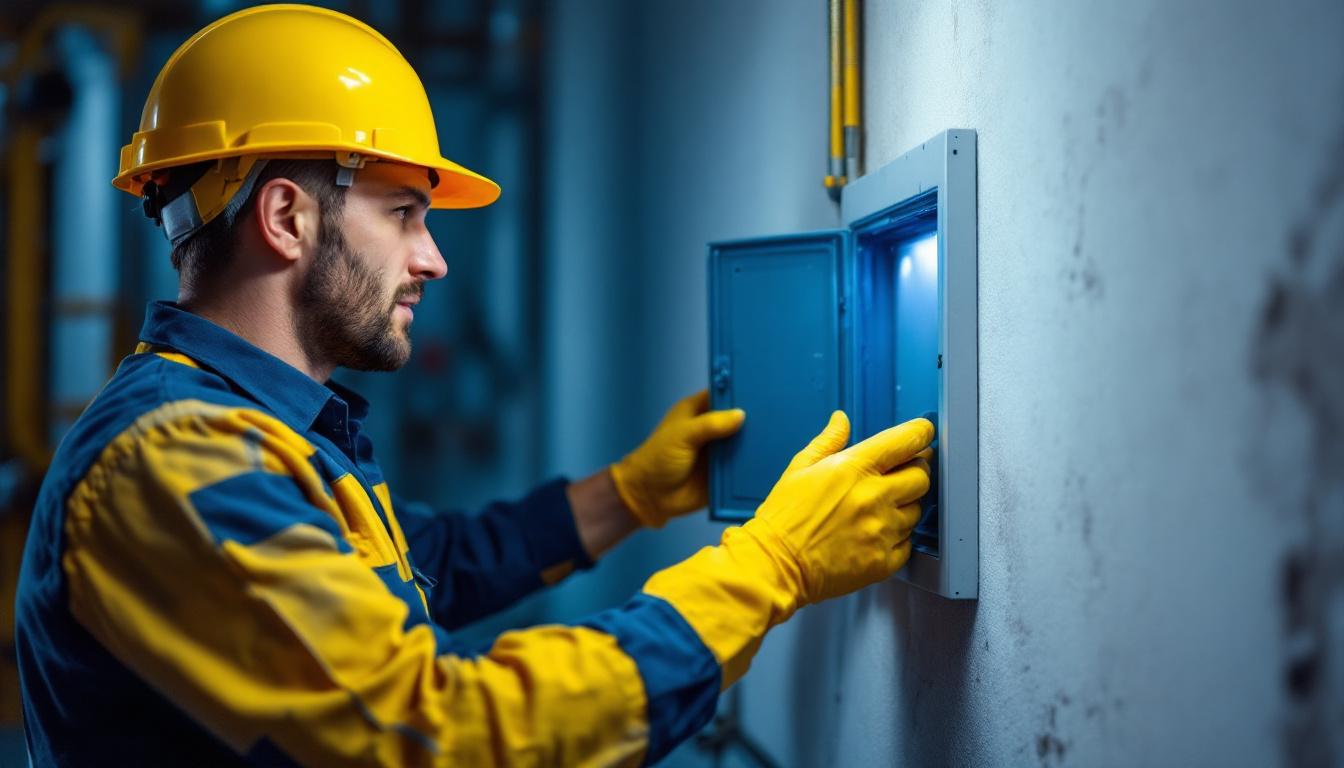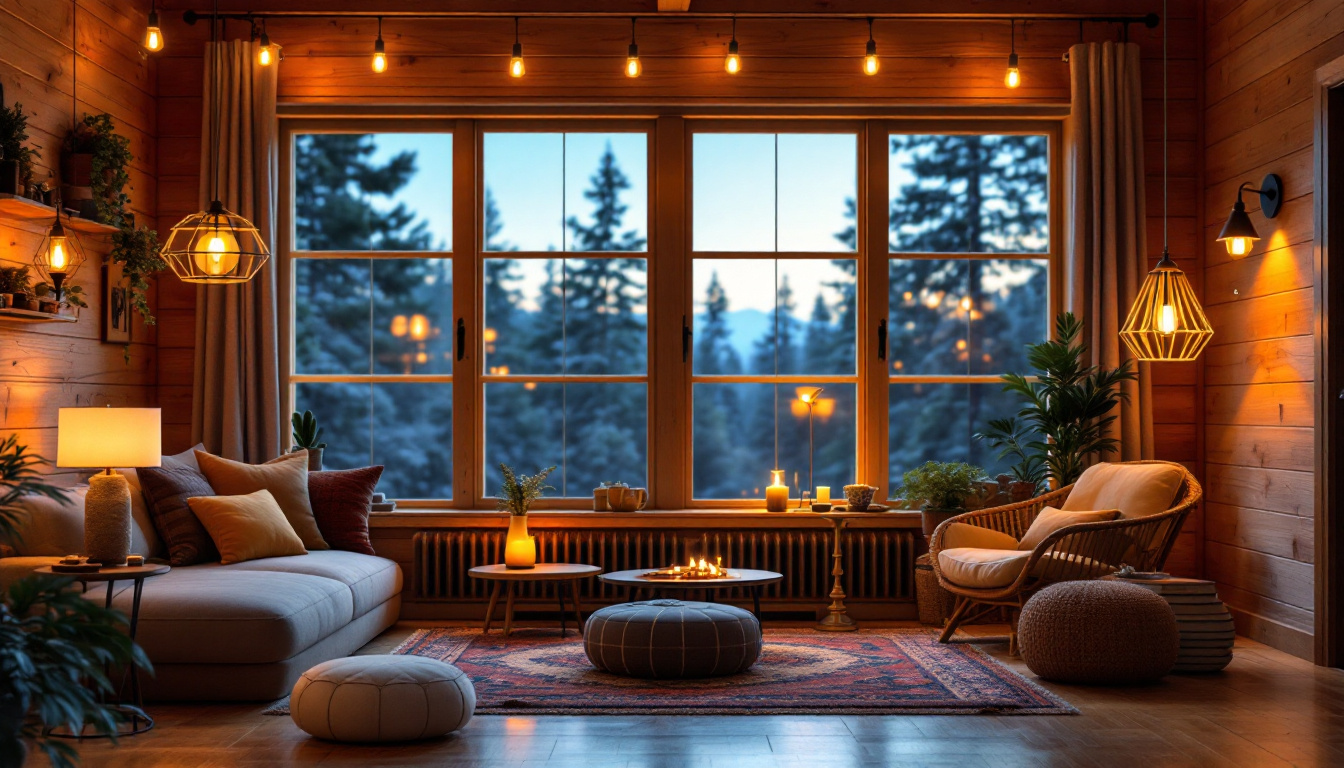
Track lighting has become an essential component in modern interior design, offering flexibility and versatility in illuminating spaces. For lighting contractors, understanding the fundamentals of track lighting systems is crucial for effective installation and client satisfaction. This section delves into the components and functionality of track lighting, providing a solid foundation for contractors.
Track lighting systems consist of several key components, each playing a vital role in the overall functionality. The track itself is a metal channel that holds the electrical wiring and supports the light fixtures. Fixtures, which can be adjustable or fixed, are mounted onto the track and can be directed to highlight specific areas. Additionally, end caps and connectors are used to finish the track and connect multiple sections, allowing for a seamless installation.
Moreover, the type of bulbs used in track lighting can vary, with options including LED, halogen, and incandescent. Each type of bulb has its own benefits and considerations, affecting the overall energy efficiency, brightness, and color temperature of the lighting system. For instance, LED bulbs are known for their longevity and energy savings, making them an increasingly popular choice among eco-conscious consumers. In contrast, halogen bulbs provide a warm light that enhances color rendering, ideal for spaces where aesthetics are paramount.
There are primarily three types of track lighting systems: H, J, and L tracks. Each type has distinct characteristics and compatibility requirements. H track systems are the most common, featuring a two-circuit design that allows for versatile lighting configurations. J track systems, often used in commercial settings, offer a more streamlined design, while L track systems are less common but provide unique installation options.
Understanding these types is essential for lighting contractors, as it influences the selection of fixtures and the overall design of the lighting layout. Each system has its own set of compatible components, making it crucial to ensure that the chosen fixtures match the track type. Additionally, the installation process can vary significantly between these systems; for example, H track systems often allow for more flexibility in fixture placement, enabling contractors to create dynamic lighting arrangements that can be easily adjusted as needed. This adaptability is particularly beneficial in spaces that require frequent reconfiguration, such as galleries or retail environments, where the lighting must complement changing displays and themes.
One of the most frequently asked questions among lighting contractors is whether track lights are interchangeable across different systems. The answer is nuanced and depends on several factors, including the track type, fixture design, and electrical specifications. This section explores the intricacies of interchangeability and what contractors need to consider.
As mentioned earlier, H, J, and L track systems have distinct designs, which means that fixtures designed for one type may not fit another. For instance, an H track fixture will not connect to a J track due to differences in the electrical contacts and mounting mechanisms. This lack of compatibility can lead to confusion, especially for contractors who work with multiple track systems.
To ensure successful installations, lighting contractors should familiarize themselves with the specifications of each track type and the corresponding fixtures. This knowledge not only prevents costly mistakes but also enhances the contractor’s reputation for reliability and expertise. Additionally, understanding the nuances of each system can empower contractors to make informed recommendations to clients, ensuring that the selected lighting solutions align with both functional needs and aesthetic preferences.
In addition to track types, the design of the fixtures themselves plays a significant role in interchangeability. Fixtures may have different mounting styles, sizes, and electrical requirements. For example, some fixtures may require a specific wattage or voltage, which must align with the track system’s capabilities.
Contractors should also consider the design aesthetics of the fixtures. While some may prioritize functionality, others may seek a particular style that complements the overall design of the space. This balance between compatibility and aesthetics is crucial for achieving client satisfaction. Furthermore, the choice of materials and finishes can impact the longevity and maintenance of the fixtures. For instance, fixtures made from high-quality metals or durable plastics may withstand wear and tear better than cheaper alternatives, making them a wise investment for both contractors and clients. Understanding these factors can help contractors guide their clients toward selections that not only meet immediate lighting needs but also contribute to the long-term value of the installation.
To navigate the complexities of track lighting and ensure successful installations, lighting contractors should adopt best practices that enhance their efficiency and effectiveness. This section outlines key strategies for contractors to consider when working with track lighting systems.
Before beginning any installation, thorough planning and assessment are essential. Contractors should evaluate the space, considering factors such as ceiling height, room dimensions, and the intended use of the area. This assessment will inform decisions regarding the type of track system, fixture placement, and overall lighting design.
Additionally, understanding the client’s preferences and requirements is vital. Engaging in discussions about their vision for the space can help contractors recommend suitable track lighting options that align with their needs. Furthermore, taking into account the existing architectural features and color schemes can lead to a more cohesive design. For instance, a minimalist approach may work well in modern spaces, while more ornate fixtures could enhance traditional settings. By carefully considering these elements, contractors can create a tailored lighting solution that not only meets functional needs but also elevates the overall ambiance of the environment.
The lighting industry is continually evolving, with new technologies and design trends emerging regularly. Lighting contractors should make it a priority to stay updated on these developments, including advancements in energy-efficient lighting and smart home integration.
Attending industry trade shows, workshops, and training sessions can provide valuable insights and networking opportunities. By staying informed, contractors can offer clients the latest solutions that enhance both functionality and aesthetics. Moreover, exploring innovative lighting control systems, such as dimmers and smart apps, can greatly improve user experience and energy savings. As clients increasingly seek sustainable options, being knowledgeable about eco-friendly materials and LED technologies can position contractors as leaders in the field. This proactive approach not only boosts a contractor’s credibility but also fosters long-term client relationships built on trust and expertise.
Lighting contractors often encounter challenges when working with track lighting systems. Identifying these challenges and developing effective solutions is essential for maintaining a smooth workflow and ensuring client satisfaction. This section addresses some common issues and their potential resolutions.
As previously discussed, compatibility issues between track types and fixtures can pose significant challenges. To mitigate this, contractors should maintain a comprehensive inventory of compatible fixtures for each track type they work with. This inventory can streamline the selection process and reduce the risk of errors during installation.
Furthermore, educating clients about the importance of choosing compatible fixtures can prevent misunderstandings and ensure that they are satisfied with their lighting choices. Providing clear documentation and resources can empower clients to make informed decisions. Additionally, it may be beneficial for contractors to establish relationships with manufacturers to stay updated on the latest products and compatibility guidelines. This proactive approach not only enhances the contractor’s knowledge but also allows them to offer clients the most current and efficient solutions available in the market.
Client expectations can sometimes be unrealistic, especially regarding the capabilities of track lighting systems. Lighting contractors should engage in open and honest discussions with clients about what is achievable within their budget and the limitations of the chosen system.
Providing visual aids, such as renderings or samples, can help clients better understand the potential outcomes of their lighting design. This proactive approach fosters trust and enhances the contractor-client relationship. It is also advisable for contractors to share case studies or testimonials from previous projects that highlight both successful implementations and challenges faced. This transparency can help clients set realistic expectations and appreciate the complexities involved in creating an effective lighting design. Moreover, offering a phased approach to the project can allow clients to gradually invest in their lighting systems, making it easier for them to adjust their expectations as they see the results unfold.
Track lighting systems offer versatility and flexibility, making them a popular choice for various applications. However, understanding the intricacies of interchangeability is crucial for lighting contractors. By familiarizing themselves with track types, fixture designs, and best practices, contractors can navigate the complexities of track lighting with confidence.
Ultimately, the success of a lighting project hinges on thorough planning, effective communication, and a commitment to staying informed about industry trends. By adopting these strategies, lighting contractors can enhance their expertise, improve client satisfaction, and ensure successful installations that illuminate spaces beautifully.
In a rapidly evolving industry, the ability to adapt and innovate is key. As track lighting continues to evolve, contractors who embrace these changes will find themselves well-equipped to meet the diverse needs of their clients.
Ready to elevate your lighting projects with the right track lighting systems? Look no further than LumenWholesale for all your lighting needs. Our extensive selection of top-quality, spec-grade lighting products comes at unbeatable wholesale prices, ensuring you get the best value for your investment. Say goodbye to local distributor markups and hello to superior lighting products that meet the highest industry standards. Plus, with free shipping on bulk orders, you can stock up on reliable, high-performance lighting without any hidden fees. Make your next installation a shining success with the perfect blend of quality, affordability, and convenience at LumenWholesale.

Discover effective strategies lighting contractors can use to tackle common challenges when covering electrical boxes.

Discover the insider tips and expert advice from lighting contractors on mastering Type B LED lamps.

Discover essential tips and common pitfalls for lighting contractors working on cabin projects.

Explore the transformative journey of the light bulb from its invention to its pivotal role in today’s advanced lighting solutions.